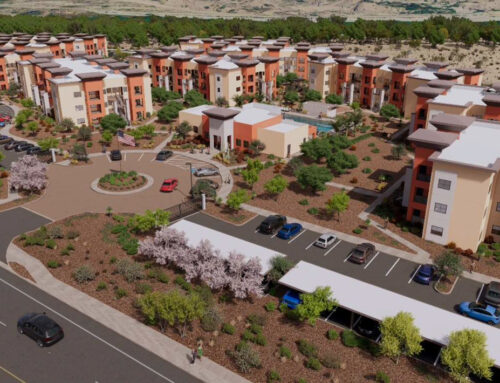Multifamily real estate has emerged as the hottest asset class in U.S. commercial real estate. Following a brief drop in 2020, values within the multifamily investment sector have experienced nothing but growth – increasing so rapidly over the last 18 months that it has surprised even long-term investors.
In 2021 alone, the RCA Commercial Property Price Index (CPPI) for the apartment sector climbed 23.6 percent, reflecting a level of growth that previously took years to achieve. This, in turn, has attracted enough investor activity to make multifamily the largest segment of the U.S. commercial property investment market today.
While interest in other types of commercial real estate, such as office and retail space, was sharply curtailed by the pandemic, the increase in the volume of multifamily transactions has been striking. According to a report by Real Capital Analytics, “In the third quarter of 2021, the apartment and industrial sectors constituted some 60 percent of total activity. It was a record quarter for apartment deal volume, with the quarterly total higher than the average annual totals for the sector from 2008 to 2011.”
Lenders have found multifamily properties especially enticing. At the end of last year, commercial and multifamily mortgage bankers were on track to finance $578 billion in loans over a 12-month period, up 31 percent from 2020’s volume of $442 billion. The Mortgage Bankers Association expects 2022 to be an even busier year for multifamily transactions, with loan financing activity estimated to increase to $597 billion.
The appeal of multifamily investing is no doubt being driven by the current housing shortage, a phenomenon that has created hyper competitive markets across the country. Seasoned real estate agents remain stunned at the bidding wars and all-cash offers that continue to occur in markets where such activity would once have been unheard of.
As demand and prices continue to increase, more and more would-be home buyers become priced out of homeownership… and the need for multifamily intensifies.
This seemingly endless rush of demand has allowed multifamily properties to generally maintain high occupancy and rental collection rates, and that has made this asset class irresistible to investors – many of whom are cash-rich and in need of avenues for investment as retail and office space continue to languish.
Regardless of where these investors want to invest geographically, multifamily has a solution. This includes smaller cities where, prior to the pandemic, multifamily wasn’t especially sought after. However, with pandemic-induced migration to these areas, demand is skyrocketing, particularly as Millennials and Gen Z lead the migration away from more densely populated urban centers. As a group, they’ve been looking beyond central locations to smaller cities that offer more space for less money.
With the demand for housing exceeding inventory by 5.24 million homes (according to CNBC), there’s no question that rental housing will be needed to fill in that gap for the foreseeable future. For investors, that means that multifamily will continue to be a hot investment.






